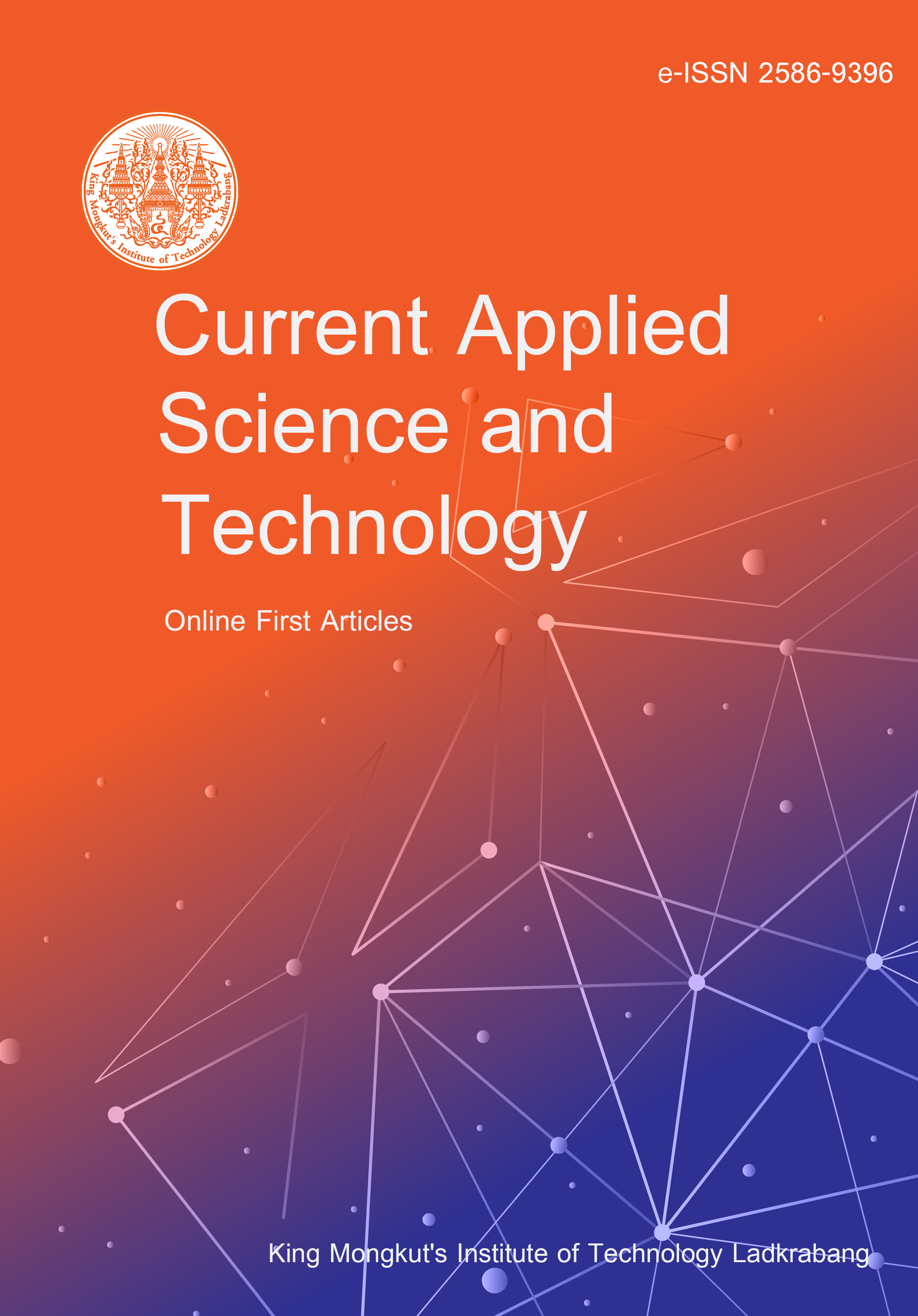Science and technology parks (STPs) are primarily intended to foster innovation and support a knowledge-based economy. However, activities within STPs also contribute to greenhouse gas (GHG) emissions, which necessitate strategic mitigation efforts. This study aimed to develop a framework for calculating GHG emissions in STPs in Indonesia and to explore implementable low-carbon strategies. In this study, it was found that the main source of emissions in STPs was electricity consumption (68%), followed by emissions from refrigerants and other fugitive emissions (84% of direct emissions). The results led to the identification of four main pillars to support low-carbon strategies in STPs based on environmental initiatives: targeted environmental policies, technology and infrastructure governance, education and collaboration, and revenue streams. This study highlights the importance of a holistic approach to emissions management in STPs to support the transition to a low-carbon economy and ensure long-term sustainability.
Hakim, A. R. ., Rahmahana, A. N. undefined. ., Handayani, I. D. ., & Erliza, A. . (2025). Transitioning Science and Technology Parks in Indonesia Towards a Low-Carbon Economy: An Emissions Accounting Framework and Recommendation. CURRENT APPLIED SCIENCE AND TECHNOLOGY, e0266310. https://doi.org/10.55003/cast.2025.266310

